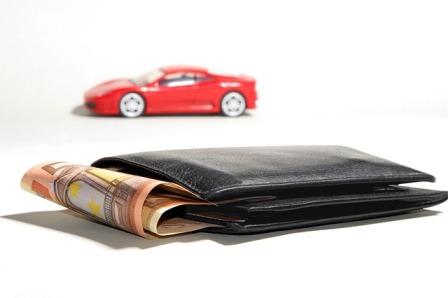Car Repossession – You had a car and the financier repossessed it for nonpayment? Having your bank or financial company take your car away for not having paid the monthly installments of a loan significantly reduces your chances of getting new financing. Local financial experts indicate that there are two main reasons why cars are repossessed: (1) not having your finances in order, and (2) job loss. To increase your chances of getting new financing despite this stain on your credit history, follow these tips.
So that you can become a car owner again, let’s start by answering the following key questions:
How long ago was your car repossessed?
What is your current credit score?
Does your previous loan have a balance that remains unpaid?
If your car was repossessed because you lost your job or went through a medical problem, have you regained your financial balance and are you in a good position to reapply for a car loan?
You can still get approval for a new car loan, but it’s essential to understand the process of repossessing a vehicle for debt.
A car repossession occurs when a buyer fails to meet their monthly payments. The lender hires a car repossession agency to obtain the borrower’s vehicle, which will then be sold at auction. Technically, a single missed payment is reason enough for a lender to take possession of a car; however, most of them offer a grace period to give the borrower time to catch up with their payments.
After the vehicle has been repossessed and sold at an auction, you may still owe money if the vehicle was sold for less than the cost of the loan, coupled with car repossession expenses that are often passed on to the buyer. If you still have some amount to owe, paying the balance will be crucial to get financing again.
How to get financing after a car repossession
A foreclosed vehicle can greatly lower your credit score and get you into the credit bureau. Raising your credit score to an acceptable level does not depend on one factor alone, but on a combination of many factors. You can offset the impact of a foreclosure through the following actions:
Repay the debt
As mentioned above, paying the debt you still owe is the first step. Make arrangements with your lender or agency to pay any remaining balance for the repossessed car. If you allow the debt to remain, you’ll only be able to get another denial for new financing.
Allow time to pass
A car repossession will appear on your credit report for many years to come. However, it will not have the same impact over time. The level of risk you pose to a lender depends solely on your current state, not the past or future. If your car was recently repossessed, let some time pass to give you more opportunities to improve your credit score. Take as much time as you can and make regular payments to gradually improve your credit score.
Save for a sizeable down payment
Saving for a down payment may be unimaginable in your current situation, as you may be allocating much of your money to pay off your debts. However, a large down payment will make lenders see that you have control of your finances. The more money a lender releases into the loan, the greater the risk it takes. A large down payment decreases the amount of money financed, which means less risk for them. With this in mind, your lender will be more inclined to approve your loan.
Get a low balance credit card
To rebuild or repair your credit score, it’s easiest to get a credit card with a low credit limit. Be sure to use your new card responsibly and be diligent with your payments. You can also try a secured credit card, which requires a security deposit equal to the credit limit. The security deposit isolates the creditor from risk, while the payments you make each month help restore your financial solvency.




